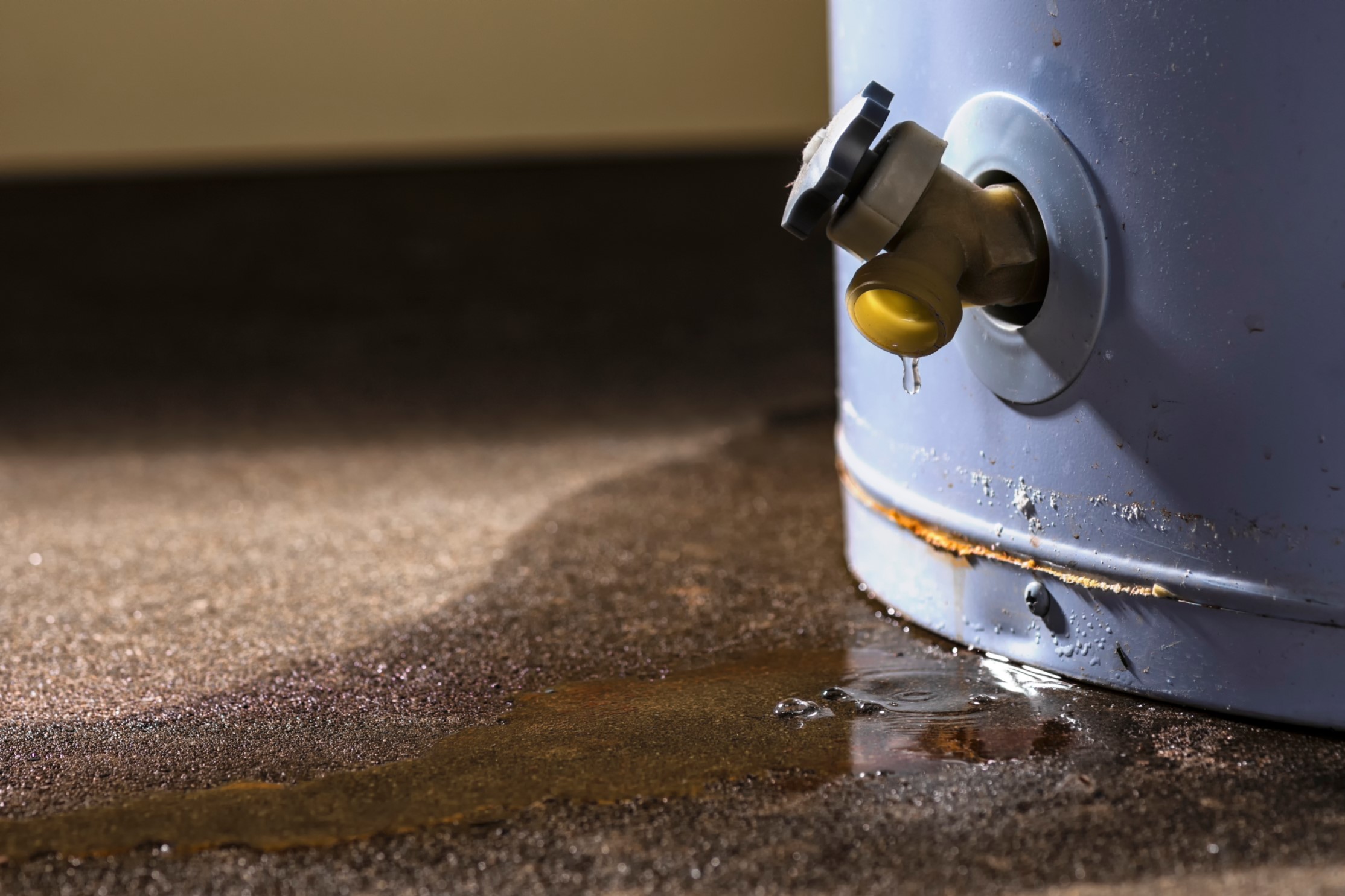Step-by-Step Guide to Caring for Your Home's Hot Water System
Step-by-Step Guide to Caring for Your Home's Hot Water System
Blog Article
This great article below pertaining to How to Maintain a Hot Water Heater in a Few Simple Steps is pretty much captivating. Don't bypass it.

Hot water is crucial for everyday comfort, whether it's for a rejuvenating shower or cleaning meals. To ensure your hot water system runs successfully and lasts longer, normal upkeep is vital. This post gives practical tips and insights on how to maintain your home's hot water system to avoid disruptions and costly fixings.
Introduction
Maintaining your home's warm water system could appear daunting, yet with a couple of easy actions, you can ensure it operates efficiently for many years to come. This guide covers everything from recognizing your warm water system to do it yourself upkeep ideas and understanding when to employ professional help.
Significance of Preserving Your Hot Water System
Normal maintenance not just extends the lifespan of your hot water system however also ensures it runs efficiently. Neglecting maintenance can bring about decreased effectiveness, higher energy expenses, and even early failure of the system.
Indications Your Warm Water System Demands Maintenance
Understanding when your warm water system requires attention can protect against major issues. Watch out for indications such as irregular water temperature, strange noises from the heating unit, or rusty water.
Purging the Hot Water Heater
Flushing your water heater gets rid of debris buildup, improving effectiveness and prolonging its life.
Monitoring and Replacing Anode Rods
Anode rods protect against deterioration inside the storage tank. Evaluating and replacing them when worn is critical.
Facility Concerns Requiring Specialist Assistance
Instances include major leaks, electric issues, or if your water heater is regularly underperforming.
Routine Specialist Upkeep Perks
Expert maintenance can consist of thorough inspections, tune-ups, and ensuring conformity with security criteria.
Checking and Adjusting Temperature Level Setups
Changing the temperature setups makes sure ideal performance and safety.
Do It Yourself Tips for Maintenance
You can carry out several upkeep tasks on your own to keep your hot water system in leading problem.
Checking for Leaks
Regularly evaluate pipelines and links for leaks, as these can lead to water damages and higher bills.
Recognizing Your Warm Water System
Prior to diving into maintenance jobs, it's practical to comprehend the basic parts of your hot water system. Commonly, this consists of the hot water heater itself, pipelines, anode rods, and temperature controls.
Monthly Upkeep Tasks
Routine regular monthly checks can assist catch minor issues prior to they rise.
Evaluating Stress Relief Valves
Evaluating the stress safety valve ensures it works correctly and stops excessive stress buildup.
Insulating Pipes
Shielding warm water pipes reduces warmth loss and can save power.
When to Call a Professional
While DIY upkeep is valuable, some issues call for specialist experience.
Conclusion
Routine upkeep of your home's warm water system is important for effectiveness, long life, and cost savings. By adhering to these tips and knowing when to look for professional assistance, you can make certain a dependable supply of warm water without unanticipated disruptions.
How to Maintain an Instant Hot Water Heater
Before tinkering with your hot water heater, make sure that it’s not powered on. You also have to turn off the main circuit breaker and shut off the main gas line to prevent accidents. Also turn off the water valves connected to your unit to prevent water from flowing into and out of the appliance. 2. When you’re done, you have to detach the purge valves’ caps. These look like the letter “T†and are situated on either side of the water valves. Doing so will release any pressure that has accumulated inside the valves while at the same time avoid hot water from shooting out and burning your skin. 3. When the purge valves’ caps are removed, you have to connect your hosing lines to the valves. Your unit should have come with three hoses but if it didn’t, you can purchase these things from any hardware or home repair shops. You can also get them from retail stores that sell water heating systems. Read the user’s manual and follow it to complete this task properly. When the hosing lines are connected, open the purge port’s valves. 4. You should never use harsh chemical cleaners or solutions when cleaning your unit. Make use of white vinegar instead. It should be undiluted and you’ll probably use about 2 gallons. 5. Now flush your water heater. This task should probably take about 40 minutes. We can’t give you specific directions for this because the procedure is carried out depending on the type, model and brand of your heater. With that being said, refer to the user’s manual. 6. When you’re done draining the unit, you have to turn off the purge port valves again. Remove the hosing lines that you earlier installed on each of the water valves. Put the valve caps (purge port) back in their respective places and be very careful so as not to damage the rubber discs that are found inside these caps. 7. Now that everything’s back in place, check your user’s manual again to find out how to reactivate your water heating system. 8. Once it is working, turn one of your hot water faucets on just to let air pass through the heater’s water supply pipes. Leave the tap on until water flows smoothly out of it. https://www.orrplumbing.com/blog/2014/september/how-to-maintain-an-instant-hot-water-heater/

Hopefully you enjoyed reading our excerpt about Tips on Maintaining a Water Heater. Thanks a ton for taking a few minutes to read our piece of content. Enjoyed our review? Please share it. Help others check it out. I truly appreciate your readership.
Schedule Report this page